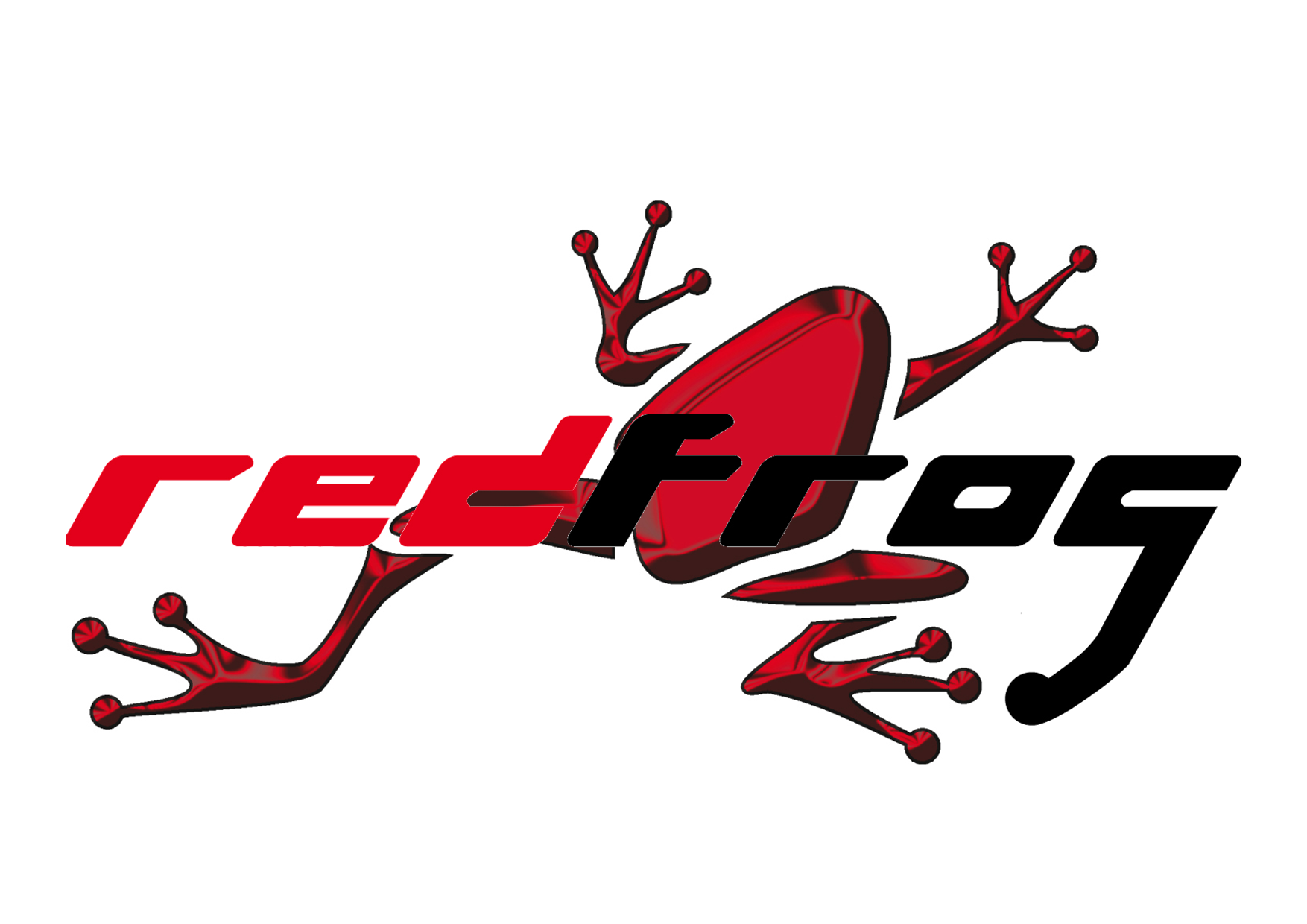Bow Strings & Materials Technical Information
Choosing the Right Bowstring: Dacron, FastFlight, and Carrera
Selecting the right bowstring is crucial for an archer, as it impacts performance, durability, and comfort. Among the most popular materials used for bowstrings are Dacron, FastFlight, and Carrera. Each has distinct properties that make it suitable for different archery needs. In this article, we will explore their uses, advantages, and disadvantages to help you make an informed choice.
Dacron Bowstrings
Use
Dacron is a polyester-based material commonly used in traditional archery, particularly for recurve bows, longbows, and older bows that cannot handle high-stress materials. It is widely chosen for beginner bows due to its forgiving nature.
Advantages
-
High Stretchability: Dacron strings have a higher level of elasticity, which reduces shock on the limbs and helps prolong the life of the bow.
-
Durability: The material is known for its longevity and resistance to wear.
-
Ideal for Vintage Bows: Many older bows require the flexibility of Dacron to prevent damage to the limbs.
-
Cost-Effective: Dacron is relatively inexpensive compared to high-performance materials.
Disadvantages
-
Slower Arrow Speed: Due to its stretchiness, Dacron reduces the energy transferred to the arrow, leading to slower speeds.
-
More Maintenance: Over time, Dacron strings tend to stretch and require frequent retuning.
FastFlight Bowstrings
Use
FastFlight is a high-performance material made from ultra-high-molecular-weight polyethylene (UHMWPE). It is commonly used in modern recurve bows, compound bows, and some high-performance traditional bows.
Advantages
-
Increased Arrow Speed: FastFlight has minimal stretch, allowing for maximum energy transfer and faster arrow speeds.
-
Greater Precision: The reduced elasticity results in more consistent shot placement and accuracy.
-
Stronger and Lighter: FastFlight is lighter than Dacron, reducing weight while improving performance.
-
Less Maintenance: The low creep of the material means less frequent retuning is required.
Disadvantages
-
More Stress on the Bow: Due to its low stretch, FastFlight places more stress on the limbs, making it unsuitable for older or non-reinforced bows.
-
Higher Cost: FastFlight is more expensive than Dacron.
-
Less Forgiving: The stiffness of the string can make shooting feel less smooth, especially for beginners.
Carrera Bowstrings
Use
Carrera is a relatively newer bowstring material that combines the benefits of both Dacron and FastFlight. It is designed to offer a balance of performance and durability, making it suitable for both traditional and modern bows.
Advantages
-
Moderate Stretch: Carrera offers some elasticity, reducing stress on the limbs while still providing better energy transfer than Dacron.
-
Good Speed and Stability: It enhances arrow speed without sacrificing consistency and accuracy.
-
Versatile Application: It can be used on a wide range of bows without causing excessive limb wear.
-
Reduced Creep: Carrera strings hold their shape better over time compared to Dacron.
Disadvantages
-
Intermediate Cost: While not as expensive as FastFlight, Carrera is pricier than Dacron.
-
Not as Fast as FastFlight: Though it improves speed, it does not match the velocity provided by FastFlight.
-
Limited Availability: Being a newer material, Carrera is not as widely available as Dacron or FastFlight.
Conclusion
Choosing between Dacron, FastFlight, and Carrera depends on your bow type, skill level, and intended use. If you prioritize longevity and compatibility with older bows, Dacron is the best option. If speed and precision are your primary concerns, FastFlight is ideal, provided your bow can handle it. For those looking for a middle ground with good performance and reduced limb stress, Carrera offers an excellent alternative. Ultimately, understanding the strengths and weaknesses of each material will help you optimize your archery experience.
Comparing Continuous Loop Strings and Flemish Twist Strings
Bowstrings come in various designs, with continuous loop and Flemish twist being the two most common. Each type has unique characteristics that affect performance, durability, and ease of use. This article compares their uses and benefits to help archers make an informed decision.
Continuous Loop Strings
Use
Continuous loop strings are made from a single strand or multiple strands of bowstring material looped continuously and secured with serving thread. These strings are commonly used in modern recurve and compound bows.
Benefits
-
Higher Consistency: The uniform design ensures even tension distribution, improving shot consistency.
-
Greater Durability: The lack of individual strand separation minimizes wear and increases lifespan.
-
Less Maintenance: Continuous loop strings hold their shape well and require minimal retuning.
-
Better Performance for High-Tension Bows: These strings work well with high-performance bows requiring maximum energy efficiency.
Drawbacks
-
Less Customization: Unlike Flemish twist strings, continuous loop strings do not allow for easy adjustments.
-
Higher Cost: Due to their manufacturing complexity, they can be more expensive than Flemish twist strings.
Flemish Twist Strings
Use
Flemish twist strings are created by twisting together multiple strands of bowstring material in a braided design. They are popular among traditional archers using longbows and recurve bows.
Benefits
-
Aesthetic Appeal: The braided look is visually appealing and matches traditional bows well.
-
More Forgiving: The twisted design allows for some stretch, which can absorb shock and make shooting smoother.
-
Easy to Customize and Repair: Archers can easily adjust the length by twisting or untwisting the strands.
-
Quieter Performance: The additional stretch helps reduce vibration and noise upon release.
Drawbacks
-
More Maintenance Required: Over time, Flemish twist strings may require retwisting to maintain proper brace height.
-
Slightly Less Efficient: The twisted structure can result in some energy loss compared to continuous loop strings.
Conclusion
Both continuous loop and Flemish twist strings offer distinct advantages based on archery style and bow type. Continuous loop strings provide superior consistency, durability, and performance for modern bows, making them ideal for competitive and high-performance shooting. Flemish twist strings, on the other hand, offer customization, a traditional look, and a smoother shooting experience, making them a preferred choice for traditional archers. Understanding these differences allows archers to choose the best string for their specific needs.
